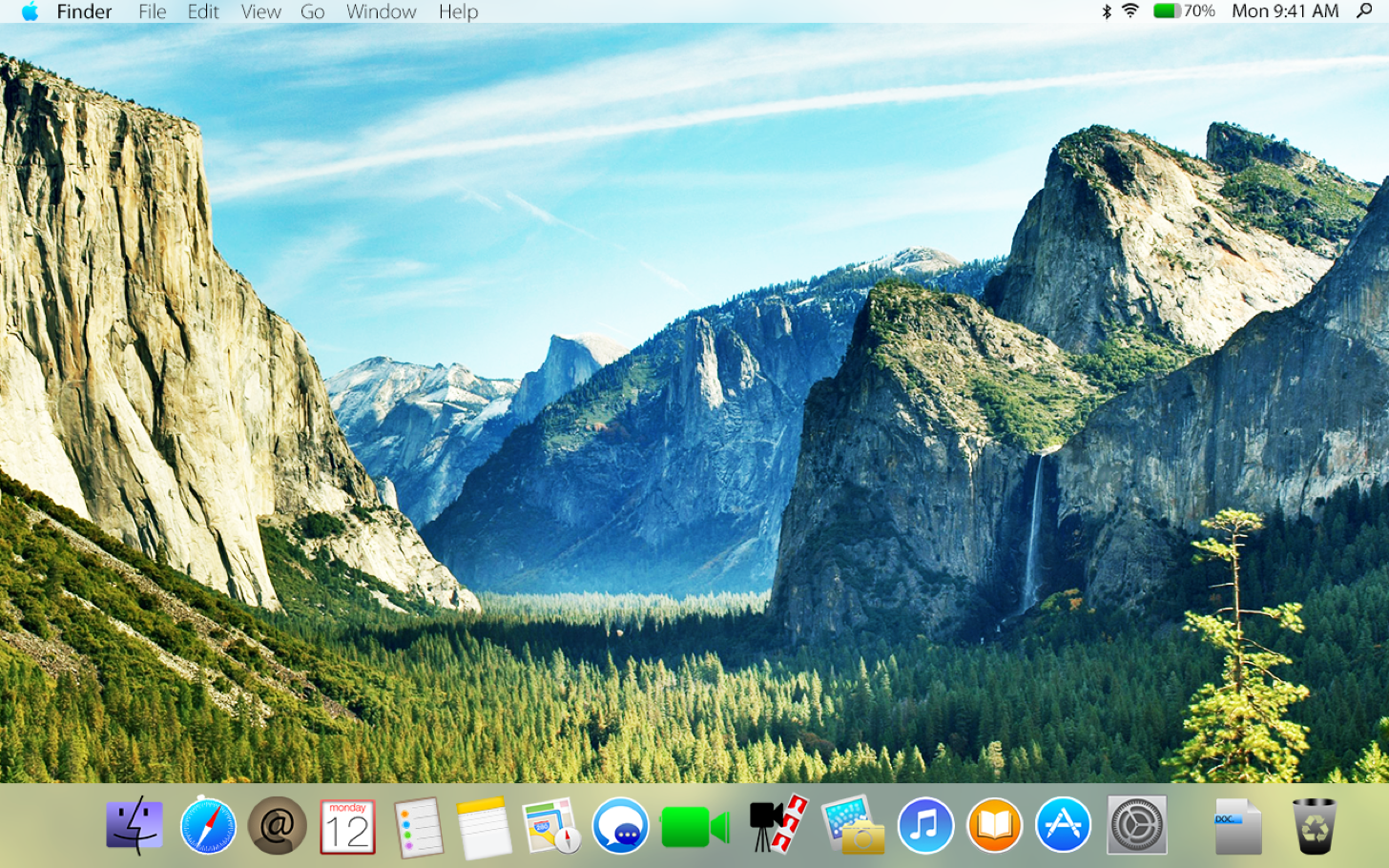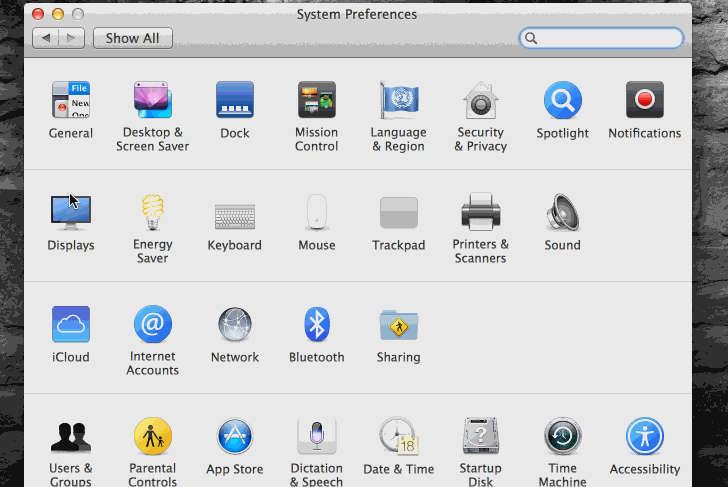Osx Screen Cap
How to take a screenshot on your Mac
- To take a screenshot, press and hold these three keys together: Shift, Command, and 3.
- If you see a thumbnail in the corner of your screen, click it to edit the screenshot. Or wait for the screenshot to save to your desktop.
How to capture a portion of the screen
- Press and hold these three keys together: Shift, Command, and 4.
- Drag the crosshair to select the area of the screen to capture. To move the selection, press and hold Space bar while dragging. To cancel taking the screenshot, press the Esc (Escape) key.
- To take the screenshot, release your mouse or trackpad button.
- If you see a thumbnail in the corner of your screen, click it to edit the screenshot. Or wait for the screenshot to save to your desktop.
Didn’t work for my OS X 10.6.8 either. Got the crosshairs, hovered over player window, window got highlighted, little camera appeared, got the sound of camera shutter clicking, got the png file,but no image — just the checkerboard background.
How to capture a window or menu
- Open the window or menu that you want to capture.
- Press and hold these keys together: Shift, Command, 4, and Space bar. The pointer changes to a camera icon . To cancel taking the screenshot, press the Esc (Escape) key.
- Click the window or menu to capture it. To exclude the window's shadow from the screenshot, press and hold the Option key while you click.
- If you see a thumbnail in the corner of your screen, click it to edit the screenshot. Or wait for the screenshot to save to your desktop.
Where to find screenshots
By default, screenshots save to your desktop with the name ”Screen Shot [date] at [time].png.”
- Movavi Screen Capture Studio is an all-in-one screen recording software that comes with a plethora of editing tools for professional users, as well as, the casual users. It has a built-in Quick Capture tool and a full-fledged editor, and luckily, user-friendly interface lets you use this software without any special training.
- All your Screenshots are by default saved on the desktop in Mac OS X v10.6 and later as.png image format files. The image file will be names as “Screen Shot date at time.png.” as an example “Screen shot 2020-08-29 at 08.45.00 AM.png” So you can look at the screenshot file on your desktop or alternatively from the Finder.
In macOS Mojave or later, you can change the default location of saved screenshots from the Options menu in the Screenshot app. You can also drag the thumbnail to a folder or document.
Learn more
- In macOS Mojave or later, you can also set a timer and choose where screenshots are saved with the Screenshot app. To open the app, press and hold these three keys together: Shift, Command, and 5. Learn more about the Screenshot app.
- Some apps, such as the Apple TV app, might not let you take screenshots of their windows.
- To copy a screenshot to the Clipboard, press and hold the Control key while you take the screenshot. You can then paste the screenshot somewhere else. Or use Universal Clipboard to paste it on another Apple device.
Summary: This page helps you login to your MacBook Pro, MacBook Air, iMac, Mac mini. It fixes 'Mac stuck on the login screen' issue after (or before) entering the right password.
Admittedly, Mac computers are powerful and reliable. But macOS is not immune to errors and corruption. Many users have reported the same problem: Mac stuck on a login screen.
Chances are that Mac won't let you log in with right password. Or you can't enter the password at all because the Mac freezes at login screen and the mouse won't move. Most of the time a force reboot might fix the problem, but it might be worse if the Mac computer won't boot after the latest macOS update.
In this post, you can unfrozen the iMac or MacBook from the login screen by:
- Disabling Login items at startup
- Booting into Safe and Verbose Mode
- Resetting NVRAM/PRAM
- Troubleshooting Mac in macOS Recovery mode
- Reinstalling macOS
Two situations your Mac gets stuck on login screen
Before you go further, you should know there are two kinds of Mac OS X signin problems. It depends on if you have enabled FileVault to encrypt your startup drive.
1. Mac won't load past login screen after entering password
It happens to users who encrypt the system drive. You'll be asked for a password before you see the progress bar. In this case, the password is usually accepted, but Mac is stuck on the loading bar. The loading bar may stop somewhere between 50% and 75%, or even 100%.
You can't login to your Mac in this situation because of a Kernel program incompatibility, file system corruption, or some core data lost.
2. Mac won't accept password or you can't enter password in sign in screen

Another case is that the startup is not encrypted by FileVault or APFS feature. Assuming that you use a MacBook Pro, you'll see the loading bar first. But the MacBook Pro's login screen may not appear or gets stuck. MacBook Pro won't accept password but freezes with a spinning wheel or you are unable to type in password.
This MacBook login problem is usually caused by software conflicts, frozen software, or configuration errors.
What to do when Mac stuck on login screen?
Osx Screen Cap
Anyhow, these methods would help Mac boot past frozen login screen.
Solution 1: Bypass Login items at startup
In some cases, it's software that stops you from getting to your Mac. Then, you can try these steps to sign in your iMac or MacBook.
- Start your MacBook normally.
- On the sign in page, enter the admin account and password if you can, but DON'T click on Log in immediately (in case of a login loop).
- Press and hold the Shift key to stop frozen apps launching. And then, you can click on the Login button.
Solution 2: Boot your Mac in Safe Mode

Booting Mac into Safe Mode will only launch necessary programs. It's efficient to isolate incompatible software and repair some errors when Mac login window not responding.
To boot into Safe Mode:
- Press and hold the Shift key while tapping the power button to restart your Mac.
- Release the Shift key till you see the Apple logo and loading bar.
- If your Mac loads successfully in Safe Mode, try to uncheck login items in Users & Groups.
Sometimes Apple computer won't let you login to Safe Mode because FileVault is enabled. You could decrypt your startup drive temporarily by booting Password Reset Assistant. This makes Safe Mode be able to check and repair errors before the login window appears.
If you succeed in turning off FileVault, you can restart your Mac normally. Then you can see if it brings up the login window. But if the progress bar is stuck underneath the Apple icon, you can try Safe Mode again after turning off the FileVault.
Solution 3: Reset NVRAM / PRAM
NVRAM, as well as PRAM, is a small amount of memory that your Mac uses to store certain settings and access them quickly. Thus, whenever your Mac won't boot, you can try to reset the NVRAM / PRAM.
Now, restart your Mac and simultaneously press Command + Option + P + R keys for about 20 seconds until your Mac restart automatically.
Solution 4: Boot your Mac into macOS Recovery mode
Mac could freeze on the login screen in a normal boot. But if you can boot into macOS Recovery Mode, you could troubleshoot this issue more easily. Recovery mode, sometimes called sigle-user mode, is a lite built-in macOS utility to check and repair some system issues.
To boot into macOS Recovery Mode:
- Press and hold the power button until the Mac turns off.
- Restart the Mac and immediately press and hold the Command and R keys.
- Release those keys when you see the loading bar.
If you successfully boot into macOS Recovery Mode, you'll see a macOS Utilities screen. (In some old system, it's called Mac OS X Utilities.) Then, you can do several things to fix the Mac stuck on login screen issue.
1. Repair the startup drive in Disk Utility
Probably, the Mac won't past the Apple logo or login screen because of file system or disk errors. Fortunately, you can check for and repair errors with the built-in tool First Aid.
2. Reset password
Mac could be stuck on the login screen after you forget the Mac's password. If you've entered the wrong password too many times, the system could be locked. Then the Mac won't accept the password even it's the right one.
In this case, you may want to reset your Mac's login password by:
- 1. Entering your Apple ID
- 2. Providing recovery key if you have created on before.
You can also do this via Terminal.
- 1. In macOS Recovery mode, open the Terminal by clicking Utilities > Terminal in the top menu bar.
- 2. At the Terminal prompt, type resetpassword, and then hit Enter.
- 3. Follow its onscreen wizard to reset the password.
With the password hint, you can change the password of a non-encrypted account. Then you can restart your Mac and log in to your Mac again.
3. Check and fix user preference settings
Os X Screen Capture Keys
Sometimes, the .plist files related to user preferences could be changed. Then, your login information would not be accepted.
In this case, you can use the mv command in Terminal to rename the preference folder. And you can troubleshoot and nuke the problematic .plist file easily.
The other times you can't log in to the Mac just because the access to the user directory was changed. You can run chmod to change the access permission.
4. Reset launch services database
If the Mac gets stuck on the login screen and won't accept the password, you can remove the .csstore file ( a launch services database) in Terminal and fix the problem.
Os X Screen Capture Shortcut
- 1. Open Terminal in macOS Recovery mode.
- 2. At the Terminal prompt, type find /private/var/folders grep com.apple.LaunchServices grep csstore, and then hit Enter.
- 3. Remove every .csstore file you can find by rm command.
Hopefully, you can log in to your Mac after a rebooting.
5. Reinstall macOS in macOS Recovery mode
If you are not one of the situations above but see a folder with question mark on the Mac, you can simply reinstall the macOS to reset your Mac.
This will be helpful especially if you need to downgrade from a recent macOS Big Sur update to macOS Catalina.
How to Reset your M1 Mac when it stuck on login screen?
Ways to factory reset your M1 Mac mini, MacBook Air, and MacBook Pro and reinstall macOS Big Sur when the Mac frozen at login screen. Read more >>
Os X Screen Capture Video
How to prevent data loss when you can't log into the Mac?
Probably, you have tried out all the solutions above, but the Mac keeps getting stuck on login screen. Then, you might want to erase your disk to reinstall macOS.
Before heading to erase the Mac hard drive, please make sure you have backed up your data. If you don't have backups, you can use Mac data recovery software like iBoysoft Data Recovery for Mac (Compatible with Apple Silicon M1 Mac and macOS Big Sur). It would be helpful to recover lost data from the unbootable Mac.
To recover data from unbootable Mac, you need to run iBoysoft Data Recovery in macOS recovery mode.